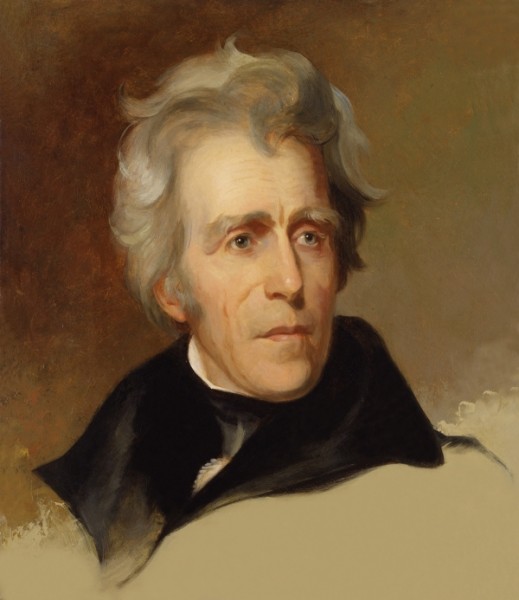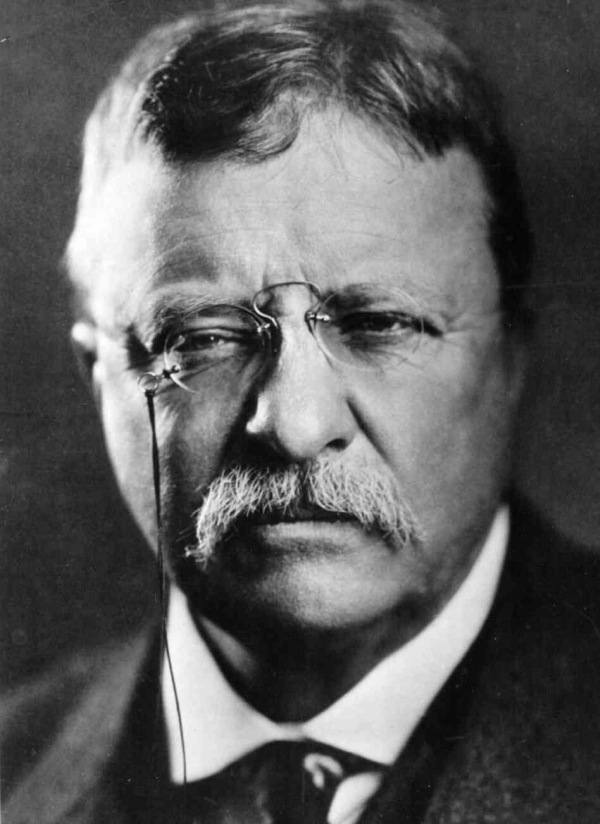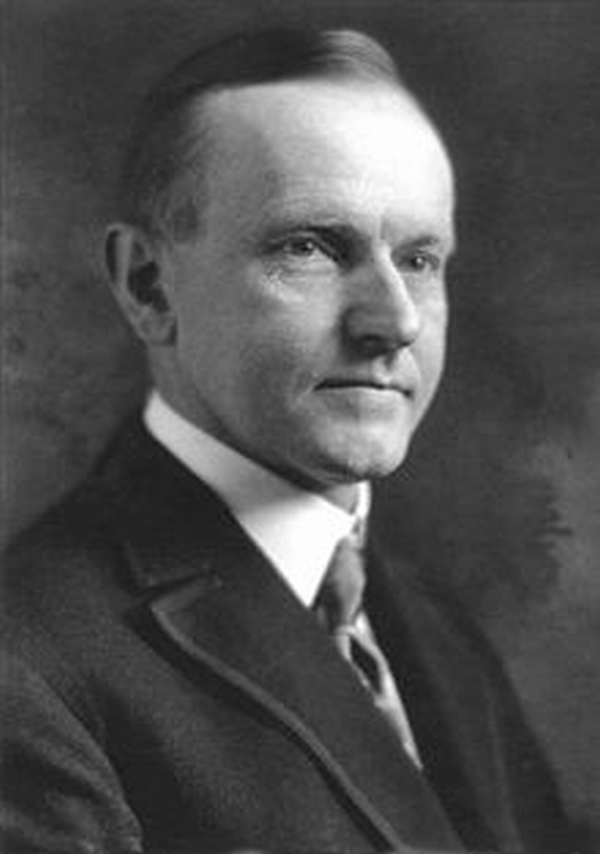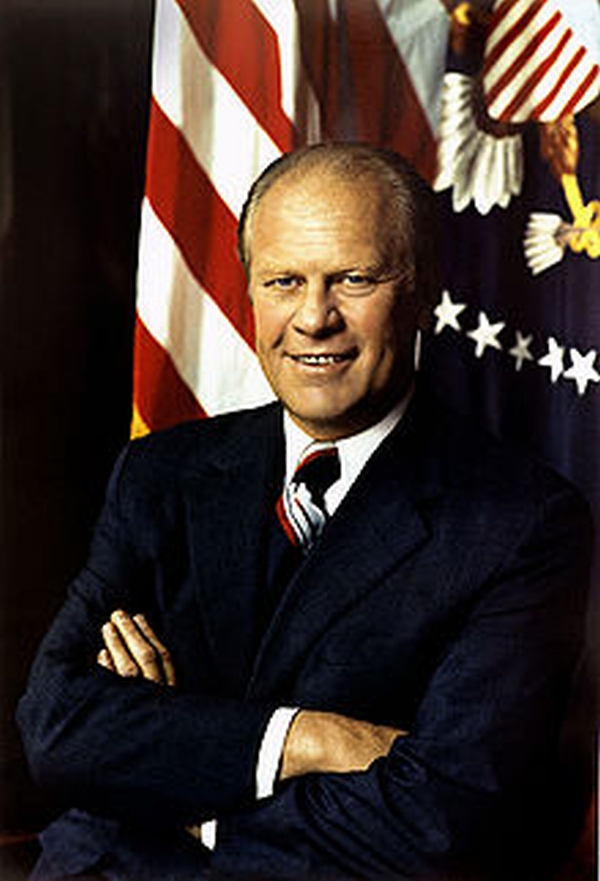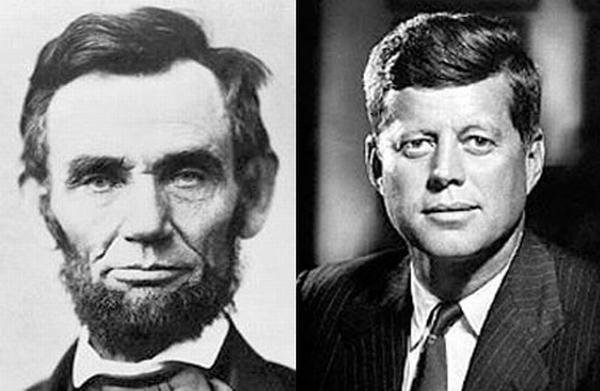Long before any knowledge of electricity existed people were aware of shocks from electric fish. Ancient Egyptian texts dating from 2750 BC referred to these fish as the “Thunderer of the Nile”, and described them as the “protectors” of all other fish. They were again reported millennia later by ancient Greek, Roman and Arabic naturalists and physicians. Several ancient writers, such as Pliny the Elder and Scribonius Largus, attested to the numbing effect of electric shocks delivered by catfish and torpedo rays, and knew that such shocks could travel along conducting objects. Patients suffering from ailments such as gout or headache were directed to touch electric fish in the hope that the powerful jolt might cure them. Possibly the earliest and nearest approach to the discovery of the identity of lightning, and electricity from any other source, is to be attributed to the Arabs, who before the 15th century had the Arabic word for lightning (raad) applied to the electric ray.
1. Discovery of Electricity (600 BC)

Image: Thales from Miletus ( 620?- 540? B. C)
Thales of Miletus was one of the first Greek thinkers, who started to considerate world’s microstructure. Thales was the first to notice static electricity around 600 BC. In 600 B.C. Thales of Miletus writes about amber becoming charged by rubbing – he was describing what we now call static electricity.
Around 600 BCE, in Greece, a mathematician named Thales discovered that amber rubbed with animal fur attracted light objects. Even though other people may have noticed this before, Thales was the first to record his findings. We don’t have his writings, but from other people’s reports of his work we can guess at his experiments. We think that Thales noticed static electricity from polishing amber with a piece of wool or fur. After rubbing the amber, which created a static electric charge, other light objects such as straw or feathers stuck to the amber. At this time, magnetism was also confused with static electricity.
2. Coining of the Term (1600)

Image: Acredited Father of Science of Electricity – William Gilbert
The accredited father of the science of electricity and magnetism was the English scientist, William Gilbert, who was a physician and man of learning at the court of Elizabeth. Prior to him, all that was known of electricity and magnetism was what the ancients knew, that the lodestone possessed magnetic properties and that amber and jet, when rubbed, would attract bits of paper or other substances of small specific gravity. William Gilbert’s great treatise De magnete, magneticisique corporibus” or “On the Magnet”, printed in Latin in 1600, containing the fruits of his researches and experiments for many years, indeed provided the basis for a new science.
William Gilbert first coined the term “electricity” from the Greek word for amber. Gilbert wrote about the electrification of many substances in his “De magnete, magneticisique corporibus”. He was also the first person to use the terms electric force, magnetic pole, and electric attraction. William Gilbert was a pioneer of the experimental method and the first to explain the magnetic compass.
3. Invention of Electricity (1660)

Image: Otto von Guericke, engraving by Anselmus von Hulle, (1601-1674)
He was a German scientist, inventor, and politician. His major scientific achievement was the establishment of the physics of vacuums. During his discoveries, he invented this machine that for the first time produced electricity – yes static electricity.
4. The First Electronic Device Ever Invented – Relay (1835)
 A relay is a remote switch controlled by current, magnetism, or temperature. The relay was invented in 1835 by Joseph Henry (1797-1878), an American scientist. It made modern telegraphy possible and evolved into the repeater- thus the relay- a remote controlled switch, was in effect the first ( Electronic) device, though not anything involving crystals, diodes, vacuum tubes etc. The first invented Relay was used as part of his telegraph system circa 1844. It was used in long distance telegraph circuits, repeating the signal coming in from one circuit and re-transmitting it to another. Since then, relays found extensive use in telephone exchanges and early computers to perform logical operations.
A relay is a remote switch controlled by current, magnetism, or temperature. The relay was invented in 1835 by Joseph Henry (1797-1878), an American scientist. It made modern telegraphy possible and evolved into the repeater- thus the relay- a remote controlled switch, was in effect the first ( Electronic) device, though not anything involving crystals, diodes, vacuum tubes etc. The first invented Relay was used as part of his telegraph system circa 1844. It was used in long distance telegraph circuits, repeating the signal coming in from one circuit and re-transmitting it to another. Since then, relays found extensive use in telephone exchanges and early computers to perform logical operations.
5. The First Electronic Light (1806)

Image: Joseph Swan’s 1860 Light Bulbs
It was Thomas Edison in 1879, wasn’t it? That’s what many people think and were taught in school. Like most stories, however, there is a lot more behind the creation of this important and ubiquitous object than just Mr. Edison.
The first electric light was made in 1800 by Humphry Davy , an English scientist. He experimented with electricity and invented an electric battery. When he connected wires to his battery and a piece of carbon, the carbon glowed, producing light. This is called an electric arc. Much later, in 1860, the English physicist Sir Joseph Wilson Swan was determined to devise a practical, long-lasting electric light. He found that a carbon paper filament worked well, but burned up quickly. In 1878, he demonstrated his new electric lamps in Newcastle, England. In 1877, the American Charles Francis Brush manufactured some carbon arcs to light a public square in Cleveland, Ohio, USA. These arcs were used on a few streets, in a few large office buildings, and even some stores. Electric lights were only used by a few people.
The inventor Thomas Alva Edison experimented with thousands of different filaments to find just the right materials to glow well and be long-lasting. In 1879, Edison discovered that a carbon filament in an oxygen-free bulb glowed but did not burn up for 40 hours. Edison eventually produced a bulb that could glow for over 1500 hours. In 1903, Willis R. Whitney invented a treatment for the filament so that it wouldn’t darken the inside of the bulb as it glowed. In 1910, William David Coolidge (1873-1975) invented a tungsten filament which lasted even longer than the older filaments. The incandescent bulb revolutionized the world.
6. First Commercial Electric Power Station (1879)

Joseph Henry had blazed the way for others to work out the principles of the electric motor and make practical inventions. Joseph Henry’s electromagnetic experiments lead to the concept of electrical inductance. Joseph Henry built one of the first electrical motors. However the first electric motor was invented by Michael Faraday . Electric Motors paved the way for first commercial power station which opened in San Francisco, using Charles Brush generator and arc lights. It lead to installment of first commercial arc lighting system in Cleveland, Ohio.
7. First Step towards Modern Electronics – Edison Effect (1883)
Image: Thomas Edison
The history of electronics is a story of the twentieth century and three key componentsâthe vacuum tube , the transistor , and the integrated circuit . In 1883, Thomas Alva Edison discovered that electrons will flow from one metal conductor to another through a vacuum . This discovery of conduction became known as the Edison effect. In 1904, John Fleming applied the Edison effect in inventing a two-element electron tube called a diode , and Lee De Forest followed in 1906 with the three-element tube, the triode. These vacuum tubes were the devices that made manipulation of electrical energy possible so it could be amplified and transmitted.
8. First Application of Modern Electronic – Radiocommunication (1896 – 1901)
Image: Multiple Radio Tuner of Marconi, 1907 – Marconi Collection of the da Vinci Museum, Milano, Italy
The first applications of electron tubes were in radio communications. Guglielmo Marconi pioneered the development of the wireless telegraph in 1896 and long-distance radio communication in 1901. Early radio consisted of either radio telegraphy (the transmission of Morse code signals) or radio telephony (voice messages). Both relied on the triode and made rapid advances thanks to armed forces communications during World War I. Early radio transmitters, telephones, and telegraph used high-voltage sparks to make waves and sound. Vacuum tubes strengthened weak audio signals and allowed these signals to be superimposed on radio waves . In 1918, Edwin Armstrong invented the “super-heterodyne receiver” that could select among radio signals or stations and could receive distant signals. Radio broadcasting grew astronomically in the 1920s as a direct result. Armstrong also invented wide-band frequency modulation (FM) in 1935; only AM or amplitude modulation had been used from 1920 to 1935.
9. First Electronic Television (1927)
Image: Philo T. Farnsworth demonstrates his new combination radio and television receiving set at the Farnsworth Television Laboratories, Philadelphia, PA, July 1935.
Philo Farnsworth was just a fourteen year old high school student when he came up with the idea that an electron beam could scan pictures back and forth and transmit them to remote screens- in other words, he thought up TV! While such an amazing invention could not be the work of one man alone, figures such as John Logie Baird and Vladimir Zworykin deserve their due, Philo Farnsworth should be commended for his place in history. Born in a log cabin and raised to work hard in the fields, young Farnsworth was fascinated by electrons and electronics, and convinced his science teacher to let him sit in on a senior level electronics course. Throughout his life he would credit this teacher, Justin Tolman, for inspiring and encouraging him, and giving him the information he needed. Tolman thought Farnsworth’s explanation of the theory of relativity was the clearest he’d ever heard, and Farnsworth was only fifteen years old at the time of that explanation!
On September 7, 1927, Farnsworth’s Image Dissector camera tube transmitted its first image, a simple straight line, at his laboratory at 202 Green Street in San Francisco.By September 3, 1928, Farnsworth had developed the system sufficiently to hold a demonstration for the press. In 1929, the system was further improved by elimination of a motor generator, so that his television system now had no mechanical parts. That year, Farnsworth transmitted the first live human images with his system, including a three and a half-inch image of his wife Elma (“Pem”) with her eyes closed (possibly due to the bright lighting required).
Unfortunately a Russian immigrant named Vladimir Zworykin , PhD had the same idea at the same time. He made a patent application in 1923 for the same kind of tube for transmitting electronic data. His employer, David Sarnoff at RCA didn’t want to pay Farnsworth a royalty on the invention and took him straight to court.
Although Zworykin had a patent, there was no evidence he’d made a working transmitter from the design. Farnsworth’s old teacher, Justin Tolman testified on his behalf that not only did he invent the thing while studying under him in high school, Tolman still had the drawings he made of it!
RCA lost, appealed and lost again, and eventually agreed to pay Farnsworth royalties on the invention. WWII came and production of TV sets was halted to support the war effort. By then Farnsworth’s patents were almost expired. RCA snapped them up the moment it could, leaving Farnsworth in the lurch as it launched a publicity campaign touting Sarnoff and Zworykin as the inventors of television! Life went downhill for poor Philo after that. He sunk into depression and alcohol abuse, spent time in psychiatric hospitals and underwent shock treatments. During an appearance on “What’s My Line?” he was asked if he’d invented a mechanical device that caused pain when used. His answer was, “Yes. Sometimes it’s most painful.” Farnsworth didn’t allow television viewing in his home. He said there was nothing good on it that was worthwhile.
10. Evolving of Digital Computation (1940s)
The first commercial computer, the Ferranti Mark 1, which was delivered to the University of Manchester in February 1951.
The era of modern computing began with a flurry of development before and during World War II, as electronic circuit elements replaced mechanical equivalents, and digital calculations replaced analog calculations. Machines such as the Z3, the AtanasoffâBerry Computer, the Colossus computers, and the ENIAC were built by hand using circuits containing relays or valves (vacuum tubes), and often used punched cards or punched paper tape for input and as the main (non-volatile) storage medium.
BONUS:
First Interactive Game (1947)
When people talk about the humble beginnings of video games, the word âPongâ gets thrown around far too much. Pong was an early arcade game that came about in 1972, and was commercially available for home use in 1975, but it certainly wasnât the first. In actual fact, the first ever interactive electronic game was made 25 years earlier, in 1947. This was just two years after the end of World War II, and the missile displays that were used in the war inspired Thomas T. Goldsmith and Estle Ray Mann to create a missile simulator game on a cathode ray tube. The game used a completely analogue set up to control the CRT (Cathode Ray Tube) beam and to position a red dot on the screen overlay.












 A relay is a remote switch controlled by current, magnetism, or temperature. The relay was invented in 1835 by Joseph Henry (1797-1878), an American scientist. It made modern telegraphy possible and evolved into the repeater- thus the relay- a remote controlled switch, was in effect the first ( Electronic) device, though not anything involving crystals, diodes, vacuum tubes etc. The first invented Relay was used as part of his telegraph system circa 1844. It was used in long distance telegraph circuits, repeating the signal coming in from one circuit and re-transmitting it to another. Since then, relays found extensive use in telephone exchanges and early computers to perform logical operations.
A relay is a remote switch controlled by current, magnetism, or temperature. The relay was invented in 1835 by Joseph Henry (1797-1878), an American scientist. It made modern telegraphy possible and evolved into the repeater- thus the relay- a remote controlled switch, was in effect the first ( Electronic) device, though not anything involving crystals, diodes, vacuum tubes etc. The first invented Relay was used as part of his telegraph system circa 1844. It was used in long distance telegraph circuits, repeating the signal coming in from one circuit and re-transmitting it to another. Since then, relays found extensive use in telephone exchanges and early computers to perform logical operations.







